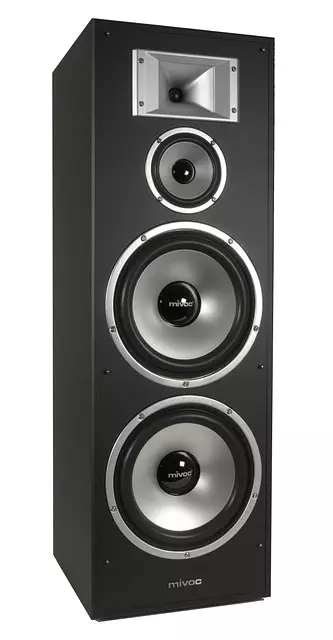Regular software updates are vital for maintaining a car audio system's optimal performance and addressing issues like no speaker sound or static/distortion. Outdated software can cause bugs and subpar audio quality. This guide emphasizes the importance of fundamental checks, such as secure connections and amplifier functionality, along with regular maintenance practices. Users should check manufacturer websites for updates, back up data, and follow instructions carefully. Common problems can be resolved through troubleshooting guides or professional assistance, while keeping the system clean and cables secured prevents future issues.
“Unleash the full potential of your car audio system with a focus on software updates. This comprehensive guide addresses the vital step of car audio system troubleshooting in Toledo and beyond. Discover how regular software updates can resolve common issues like no sound from speakers and static or distortion in audio. Learn best practices to ensure optimal performance, maintain functionality, and extend the lifespan of your vehicle’s audio system.”
- Understanding Audio System Software Updates: A Crucial Step in Car Audio System Troubleshooting
- Identifying and Resolving Common Issues: No Sound from Speakers and Static/Distortion in Audio
- Best Practices for Updating and Maintaining Your Car Audio System Software
Understanding Audio System Software Updates: A Crucial Step in Car Audio System Troubleshooting
Understanding Audio System Software Updates plays a pivotal role in effectively addressing common car audio system issues such as no sound from speakers or static and distortion in audio. Car audio systems, like any other technological device, rely on software to function optimally. Over time, these software components can become outdated or corrupted, leading to performance problems. Software updates act as patches, fixing bugs and improving overall stability.
Regular software updates are essential for car audio system troubleshooting in Toledo. They not only enhance system performance but also add new features and fix known issues. For instance, if your car’s audio system is experiencing static or distortion, a simple update could resolve these problems. By keeping the software up-to-date, you ensure that your audio system operates at its best, providing you with a seamless listening experience on your drives.
Identifying and Resolving Common Issues: No Sound from Speakers and Static/Distortion in Audio
Many users encounter issues with their car audio systems, such as no sound from speakers or static and distortion in audio. When troubleshooting these common problems, it’s essential to start with basic checks like ensuring all connections are secure and properly seated. Loose cables or faulty interfaces can disrupt signal transmission, leading to silent speakers or distorted audio. Additionally, verifying power supply and amplifier function is crucial; a failing amplifier might not provide enough power to the speakers, resulting in no sound.
For static or distortion issues, checking the audio source and settings is recommended. Different sources like radios, aux inputs, or Bluetooth connections may exhibit varying levels of interference. Adjusting volume levels, changing input sources, or updating software can resolve such problems. It’s also beneficial to inspect the speakers themselves for damage, ensuring they’re properly mounted, and that their wiring is free from cracks or corrosion. Regular maintenance and keeping up with software updates, especially in the case of modern car audio systems, can significantly reduce the occurrence of these common issues.
Best Practices for Updating and Maintaining Your Car Audio System Software
Maintaining your car audio system software is crucial for ensuring optimal sound quality and performance. Here are some best practices to help you stay on top of updates and avoid common issues like no sound from speakers or static and distortion in audio. Regularly check your vehicle’s manufacturer website for software update availability, as these often include bug fixes and enhancements tailored to your specific model. Before updating, make sure your device is compatible with the new version and back up any important data to prevent loss during the process.
When updating, follow the manufacturer’s instructions carefully, especially regarding connectivity and power sources. If you encounter difficulties or experience issues like static or distortion after an update, consult the car audio system troubleshooting guides provided by the manufacturer or seek assistance from a professional. Regular maintenance includes keeping your system clean to prevent dust buildup, which can affect sound quality, and ensuring all cables are securely connected to avoid intermittent glitches.


